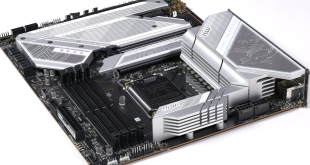So now that we have tested our two base Intel and AMD systems, and have compared them against the reference clocked AMD Phenom II X6 1100T, it is time to proceed with the early stages of our overclocking in the MSI bios.
All bioses will be different, but as the Black Editions are multiplier unlocked it is simply a case of increasing the CPU ratio to x19 to achieve the 3,800mhz figure we want. You can also disable cool n quiet and turbo settings. ‘auto' on this board will disable them at our overclocked settings, but you can turn it off manually if you wish.
Overclocking processors can be a time consuming process. You need to ensure that load temperatures remain within safe parameters and that your memory stays within limitations. We have adjusted the FSB/DRAM Ratio to hold at 1:4 (1600mhz) and have increased voltage to 1.38v for complete stability – as we are using the Noctua NH D14, this does not prove an issue.
I know many enthusiasts play with the NB VDD voltage, but I have never really found this is a prime concern with a Black Edition processor. With a locked processor it can certainly help with stability at higher FSB frequencies as you try to achieve higher clock speeds, but if you increase it to the higher settings it can add a lot of strain to the circuitry. You can also adjust the HT Link frequency to higher speeds if you wish, but when checking processor stability under overclocked situations, it is worth narrowing down the potential sources of any instability.
This can then be stored to the one of the six available overclocking profiles within this particular bios for easy recall and adjustment later.
System validation is available here.
 KitGuru KitGuru.net – Tech News | Hardware News | Hardware Reviews | IOS | Mobile | Gaming | Graphics Cards
KitGuru KitGuru.net – Tech News | Hardware News | Hardware Reviews | IOS | Mobile | Gaming | Graphics Cards







